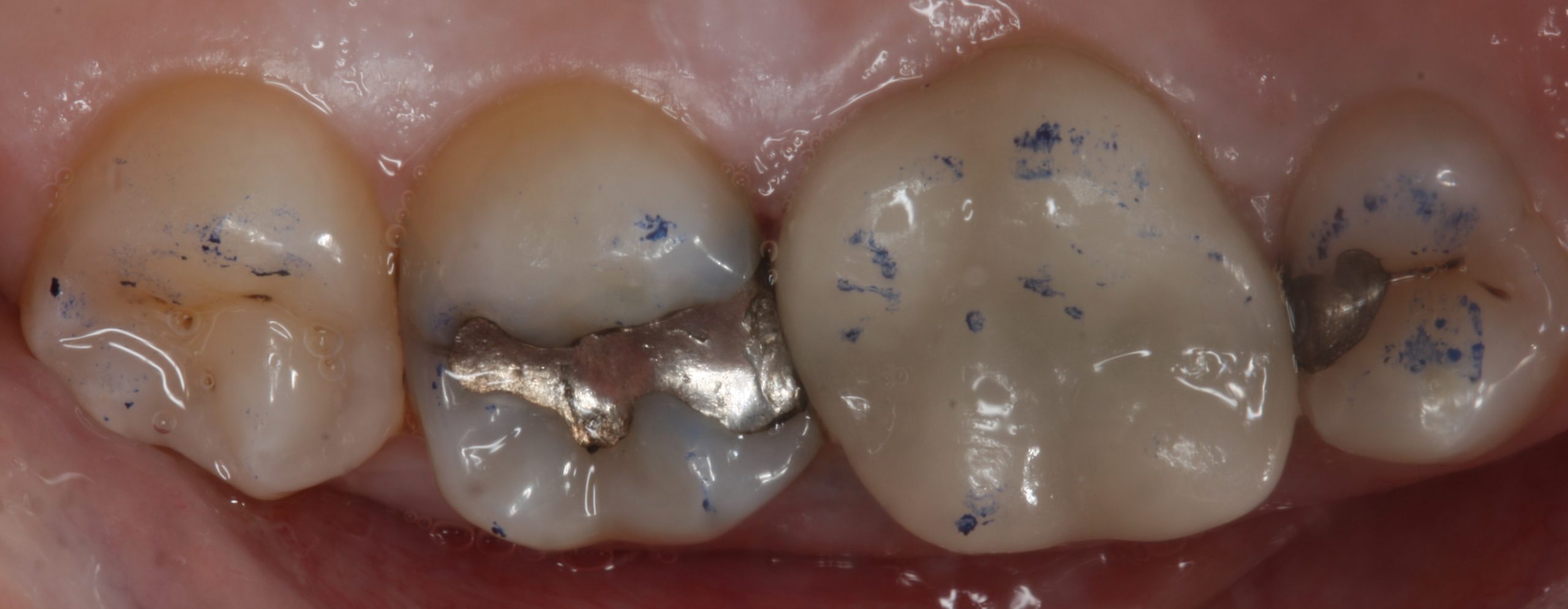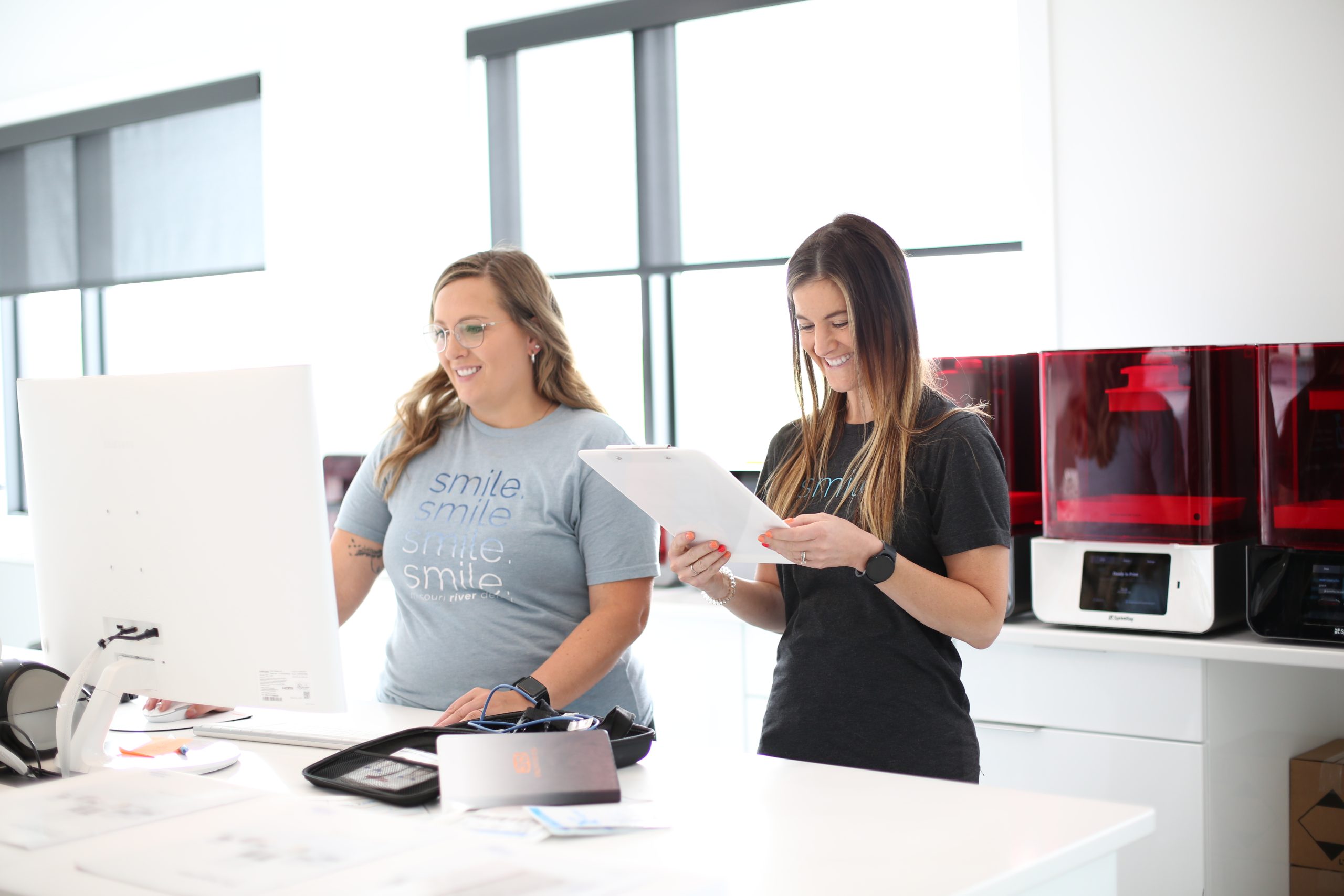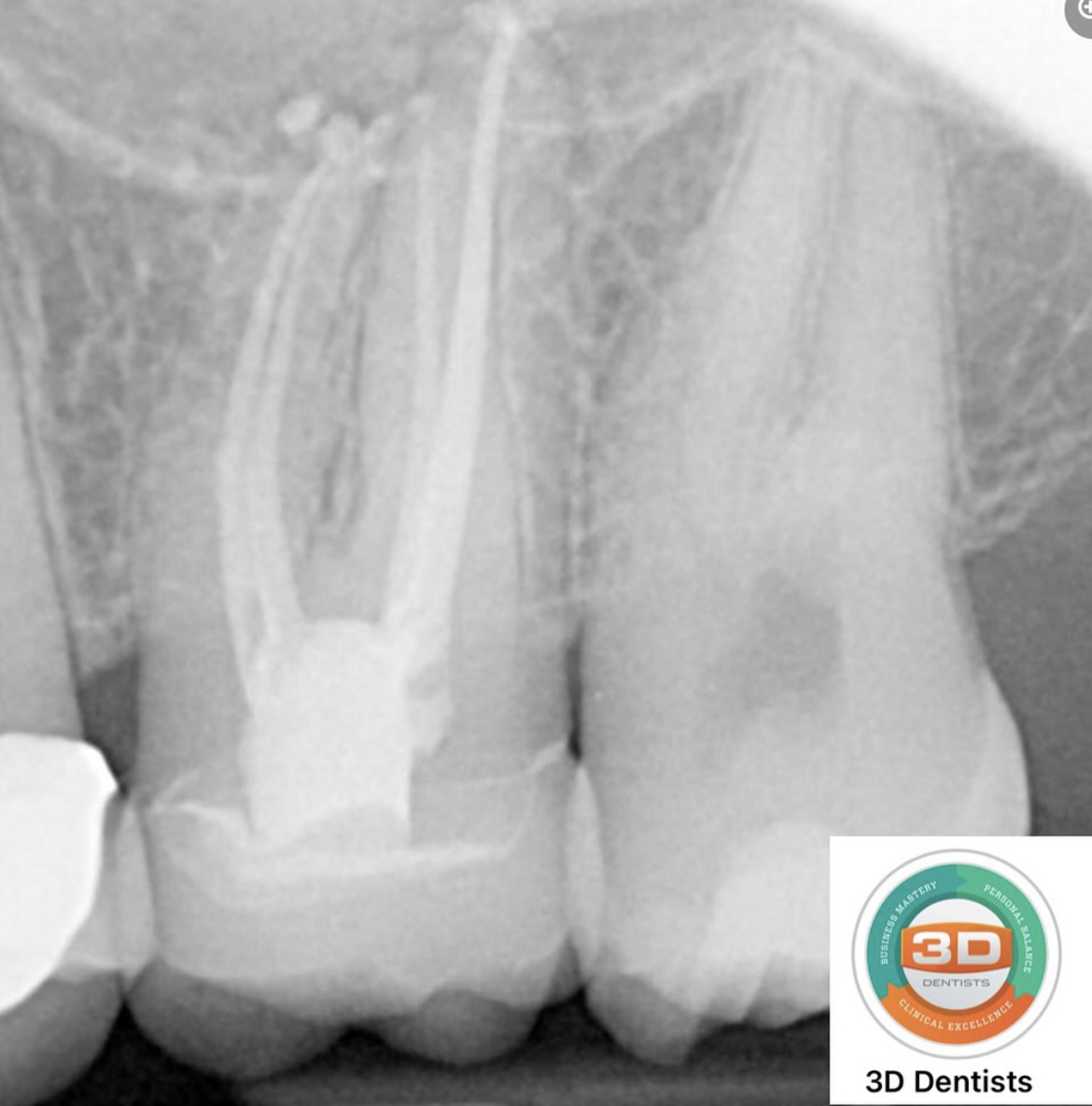If you have been doing porcelain Inlays and Onlays for a certain amount of years you may have seen margins chipping on the cavosurface during recall visits. My experience has been that the reason for this is: the tooth-restoration interface is directly occluding with the opposing tooth. These teeth coming together and hitting the interface will break the margin down and cause marginal chipping. The breakdown starts with marginal chipping leading to leaking and eventually either a debond or fracturing of the restoration.
One way to avoid that is to have the patient bite down on an articulating paper before prepping and understanding the occlusal bite pattern ( Fig 1). Then during prepping try and avoid placing your margins on the occlusal spot ( Fig 2). The goal should be to either stay short of it or go beyond them making sure the occlusal spot are either on solid porcelain or natural tooth surface and not on the restoration – tooth interface.


By following this simple tip you will find your margins last a lot longer and not chip on recall visits. Below is a case of a large onlay done with Vita Mark 2 around 9 years ago and one can see that there is minimal chipping at the margins because the margin was designed keeping the occlusion in mind ( Fig 3 ). I hope this tip is helpful to you in making your partial coverage restoration last longer.
Thank you for reading and Keep Cerecing.

If you would like more training on Anterior Cerec checkout this link to my class in October 2017.
https://www.eventbrite.com/e/cerec-anterior-oct-13-14-2017-tickets-34960942119?discount=KeepCERECing




